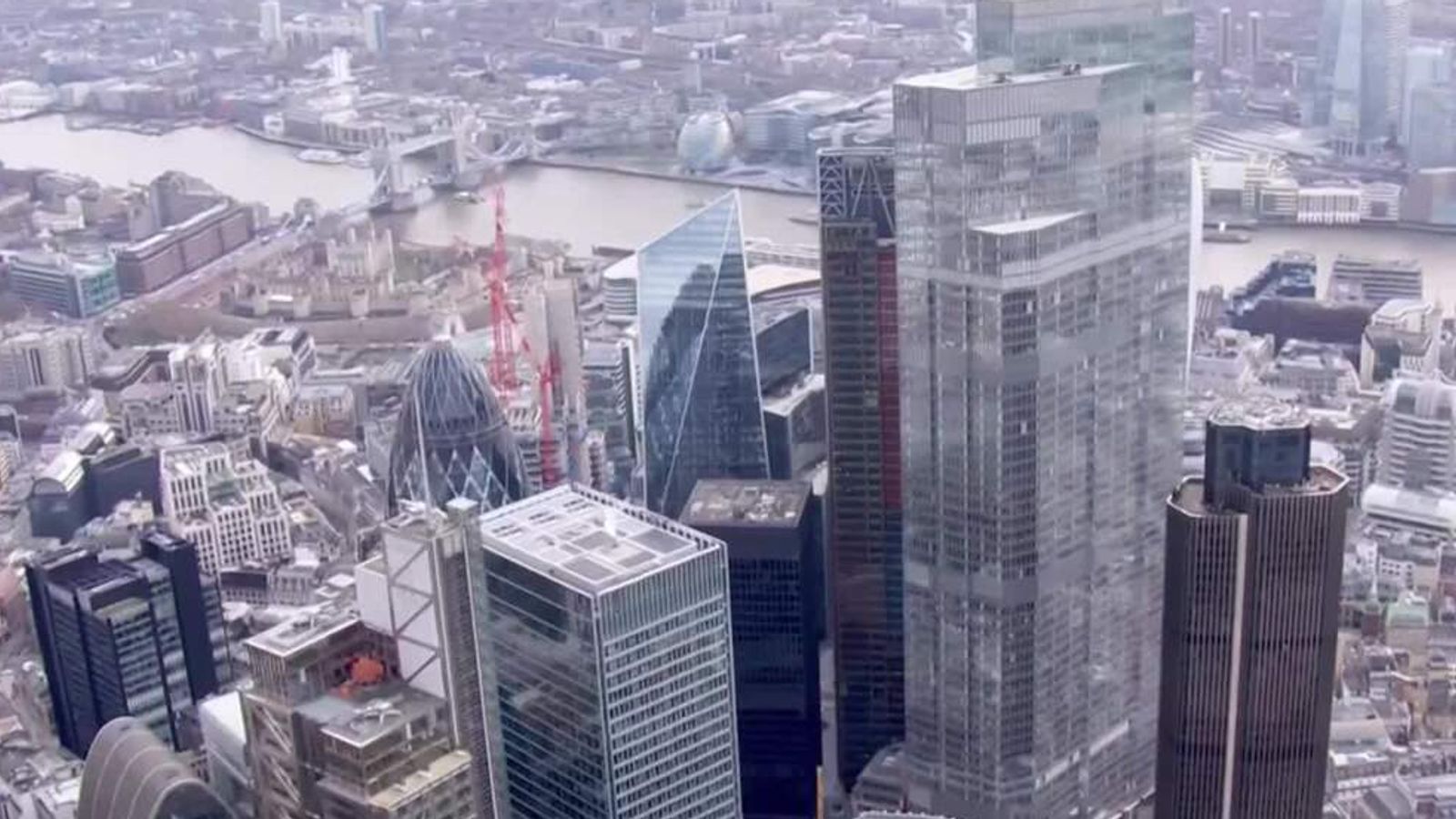The new year is only three weeks old but already the FTSE 100, the best-known UK stock index, is already up by just under 5.5%.
That is better than the 0.9% growth it eked out for the whole of 2022.
And it seems possible that, at some point in coming sessions, the Footsie will challenge the intra-day record high of 7,903.5 that it hit on 22 May 2018.
The Footsie is not alone in having made an encouraging start to the year.
The S&P 500, the most important of the big US stock indices, is up 4.4% so far this year and Japan’s Nikkei 225 up by 4.2%. All of the main European stock indices, including Germany’s DAX, France’s CAC 40 and Italy’s MIB, are each up by 9% or thereabouts.
It is all something of a turnaround from 2022.
The meagre 0.9% gain that the Footsie managed meant it was actually one of the best performers last year, with the S&P500 falling by 20%, the tech-heavy Nasdaq losing a third of its value and the DAX 40 declining by 12.4% and the CAC 40 by 9.5%.
And there are signs that global investors are looking afresh at the UK stock market.
The latest edition of the widely-followed monthly survey of fund managers conducted by Bank of America Securities, published on Tuesday, found that a net 15% of fund managers are underweight in UK stocks.
That is obviously still a net negative position, of course, but represents the biggest allocation to UK equities since August last year.
So what’s driving it?
Several factors. The first, of course, is that a rising tide lifts all boats. Investors everywhere have managed to convince themselves that the trajectory of interest rate rises by central banks around the world, most notably the US Federal Reserve, will slow this year now that inflation appears to have peaked in most developed economies.
Inflation in the US in December was 6.5% and in Germany it was 9.6%, while even in the UK, where it was higher at 10.5%, it is heading in the right direction.
The proportion of investors expecting a recession in the US this year has fallen slightly in recent weeks and some even now expect the Fed to be cutting interest rates later this year.
In the UK, although the Bank of England is expected to raise its main policy rate from 3.5% to 4% when the monetary policy committee next meets on 2 February, market expectations of the so-called ‘terminal rate’ – when Bank Rate peaks in the current rate-hiking cycle – have fallen sharply since the chaos of Kwasi Kwarteng’s mini-budget in September last year.
Then, Bank Rate was expected to peak at around 6%, but it is now seen as peaking at around 4.4%. That is clearly positive for the economy and, by extension, for the main driver for the stock market – company earnings.
The fact that the UK is unlikely to have fallen into recession in the second half of last year, contrary to the expectations of the Office for Budget Responsibility, among others, will also have lifted sentiment, even though it must always be remembered that the Footsie is a big global index and not especially focused on the UK economy.
Now it is perfectly possible that the markets are getting ahead of themselves – most economists still have, as their base case, a recession in the US this year – but, for now, that sunnier outlook is supporting equity markets in most countries, including the Footsie.
The second factor is the composition of the Footsie. One reason it outperformed its international peers last year was its make-up. The Footsie has comparatively few tech companies among its members and, as that was the most beaten-up sector last year, meant it avoided the shellacking handed out to, for example, the Nasdaq.
Instead, the Footsie is teeming with big oil and mining companies, all of which benefitted last year on the back of rampant inflation following Russia’s invasion of Ukraine.
Shell and BP are respectively the second and sixth largest companies in the index while Rio Tinto, Glencore and Anglo American are respectively the fifth, eighth and eleventh largest. Glencore, for example, is up by 39% over the last year and Rio by nearly 16%.
The Footsie in addition has a number of big companies which, in the jargon, are ‘defensive’ – in other words, their earnings tend to be relatively stable whatever the economic weather, meaning their share price tends to underperform when the market is on a tear but tends to outperform during downturns and recessions.
Pharmaceutical stocks are generally regarded along these lines and again, the Footsie has two big ones in AstraZeneca and GSK, respectively the first and tenth largest companies in the index – although there is a case for now saying AZ in particular deserves to be regarded as more than just a defensive stock.
Its share price is up 32% over the last 12 months. Another good example is the tobacco sector and here, the Footsie includes both British American Tobacco, the world’s second biggest quoted tobacco company and the ninth biggest in the index, along with the smaller Imperial Brands, whose share prices is up 17% over the last year.
Banking stocks always benefit in a rising interest rate environment and, again, these have strong representation in the Footsie with the likes of Barclays, NatWest, Lloyds, Standard Chartered and HSBC, the third biggest company in the index.
A third factor is valuation. Along with many of its continental European peers, the FTSE-100 is comparatively cheaply rated when set against American counterparts using the most common yardstick, the price/earnings ratio. The Footsie is currently trading on a trailing PE ratio of 11.8 times – the historic average is around 15 times – compared with 14.3 for the DAX, 19.25 for the Dow Jones Industrial Average and 20 for the S&P 500. That reflects the long-standing dislike of international investors towards the UK stock market that , if anything, intensified following the Brexit vote.
A fourth factor is the weak pound. Despite a rally during the fourth quarter of 2022, sterling remains 9% lower against the US dollar than it was this time last year and 5% lower against the euro. The Footsie’s membership derives around three-quarters of its earnings from outside the UK and in particular from the US and the eurozone.
A weaker pound means those international earnings are automatically flattered when translated back into sterling.
Another way of looking at it is that, when listed in a cheap currency like sterling, big UK dollar earners (even world beating companies like Diageo, Unilever and Relx) represent a comparatively cheap way of buying into a flow of dollar earnings for US investors – especially in the case of those companies, like the oil majors, who pay their dividends in dollars.
It also makes UK stocks comparatively cheap to would-be buyers. The bargain basement valuation of many UK companies means that, while the cost of debt financing has obviously risen, they will be high on the shopping list of those overseas companies looking to carry out mergers and acquisitions. That is certainly borne out by conversations with investment bankers and asset managers.
Now it is perfectly possible, given the deteriorating outlook for the global economy, that corporate earnings will suffer this year and that this is being overlooked by investors despite the comparatively lowly valuation of the FTSE 100.
However, given the current optimism in equity markets everywhere, it would be no surprise to see the Footsie hitting a new record in coming days or weeks.







